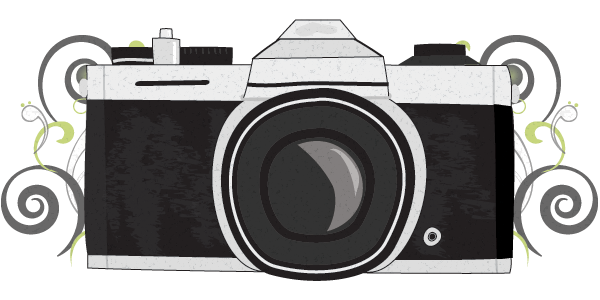Fig 1: Powers Whiskey – It’s Ours
The above advertisement is one of a range of print advertisements created to promote Powers Whiskey. The advertisement contains the tagline “Wrap up with the original winter warmer” followed by the line “It’s ours” beside an image of Powers Whiskey. The main image shows two hands clasping a pint glass. The glass contains a reflection of a landscape scene.
There are many denotations within this advertisement. These include the lines of yellow text in varying sizes, hands, a glass, a landscape scene, a bottle of Powers and the drink aware warning. The ad can be broken into three sections. The text at the top aligned diagonally, the main image of the hands gripping the glass and the tagline “It’s ours” located beside the product.
Firstly we will analyse the main image. As previously mentioned it shows two hands clasping a glass containing a yellow/ gold liquid. Reflected in the glass is a landscape scene at what appears to be sunset. There are two apparent indexical signs within this image. The first is the steam rising from the top of the glass whereas the second is the glowing light around the fingers. Both of these indicate that the glass or the liquid inside it is warm. This is backed up by the colour of the liquid within the glass. The yellow/ gold colouring could indicate warmth as well as mirror the colouring of the whiskey bottle in the bottom right corner. This colouring could also indicate the flavouring of the whiskey with the liquid resembling honey. The glass itself appears to be glowing giving the impression of candlelight reinforcing the impression of heat. Furthermore the colouring of the liquid coupled with the image could indicate a warm day. The person is not holding the glass but rather gripping it with both hands. The paradigmatic relationship between the glass and the positing of the hands indicate that the person may be seeking warmth or comfort.
The tagline “Wrap up with the original winter warmer” is coloured in yellow complimenting the main image. The text is positioned diagonally across the top of the ad drawing the eye towards the main image. The words “Wrap up”, “Original” and “Warmer” are larger than the rest of the text. This indicates that these are the important points the advertisers want to get across. These words like the image indicate comfort, warmth and protection from the cold. The dark background coupled with the light of the glass mirrors the indication of winter and the dark winter’s evenings. The tagline “It’s ours” indicates ownership. Coupled with the image of the whiskey it indicates that the whiskey belongs to us.
The syntagmatic relationship between the elements gives both an impression of comfort and national pride. The tagline at the top coupled with the main image gives the impression that Powers whiskey provides comfort on a cold winter’s night. The reflection of the landscape on the glass combined with the tagline “It’s ours” and our own assumptions that whiskey is generally Irish give us a sense of ownership and home. The sense of home like other elements could indicate a sense of warmth and security.
The combination of the whiskey and the connotations of warmth and comfort combined with the idea that that it is winter could also indicate the myth within our culture that whiskey has medicinal purposes. The idea exists that whiskey fights against the cold and this backs up the idea of whiskey providing comfort.
Overall the advertisers are indicating that their product, Powers Whiskey, is a comforting product and one that is vital on a cold winters evening.
References
Glenn Doyle (2014). Lesson 7 – Semiotic pipe to cowboy,[online], available: https://moodle1314.dkit.ie/course/view.php?id=2170[Mar 2014].
Glenn Doyle (2014). Lesson 7 – Semiotic Approaches,[online], available: https://moodle1314.dkit.ie/course/view.php?id=2170[Mar 2014].
Glenn Doyle (2014). Lesson 7 – Semiotic storiess,[online], available: https://moodle1314.dkit.ie/course/view.php?id=2170[Mar 2014].
Fig 1: Boys and Girls. (2014). Powers Whiskey – It’s Ours. [online], available: http://boysandgirls.ie/whats-new/powers2012/ [Feb 2014].







































